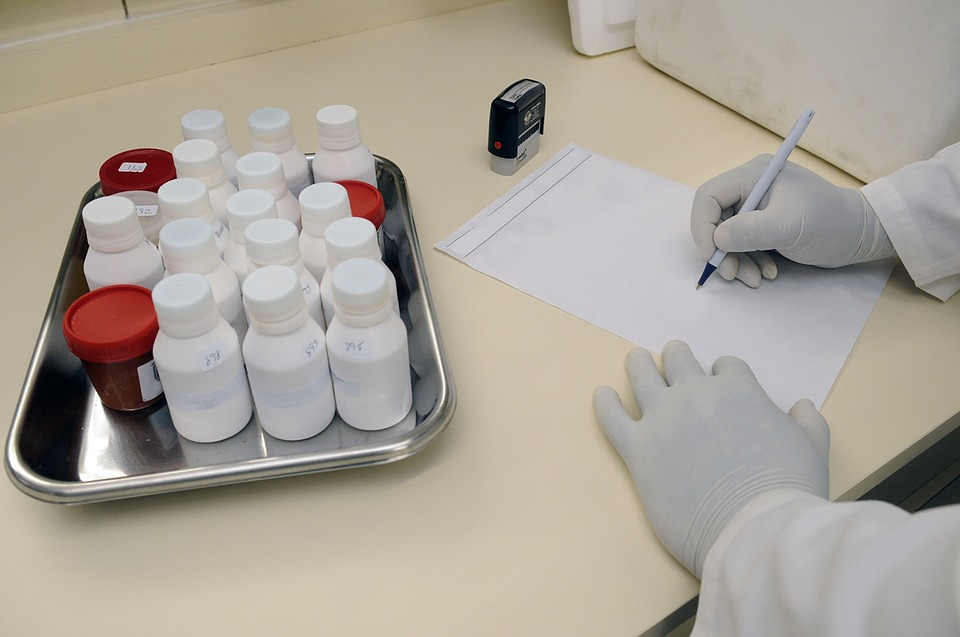
Researchers continue to make extraordinary advances in treating illness and disease.
It is now possible to live with or be cured of conditions that would have been fatal just a few years ago. A new report shows that there is more progress on the horizon, with more than 9,500 projects underway worldwide to develop new medications and therapies for conditions such as cancer, Alzheimer’s disease, diabetes and a number of rare diseases. These projects are looking at more than 6,300 potential products that could dramatically change how these diseases are managed.
Scientists may screen millions of compounds before moving forward to laboratory trials, and just a few make it to the clinical trial phase. Only 8 percent of compounds that are considered for clinical trial eventually earn approval from the Food and Drug Administration (FDA) after up to 15 years of rigorous testing. Moving from concept to FDA approval is a slow, painstaking process that requires careful attention to the safety and efficacy of proposed treatments, and the report offers insight into where current projects stand on this path.
While perfecting existing treatments is always on the radar, true medical breakthroughs occur when researchers find entirely new approaches to disease management. Of the projects currently in progress, 74 percent are exploring medications that will be first-in-class. The breakthrough therapies being developed are based on the following:
•Gene Therapy and Cell Therapy – There are 731 projects looking into gene therapy and cell therapy, which could revolutionize treatment for a wide array of diseases. Gene therapy relates to the modification of patients’ genes for the purpose of preventing or treating disease, while cell therapy is the introduction of healthy cells when patients’ cells are diseased or otherwise damaged.
•DNA or RNA Therapeutics – The report shows that there are currently 173 DNA and RNA therapeutics projects in progress. This method treats disease by targeting patients’ DNA and RNA, which are responsible for carrying and transmitting the genetic information that creates proteins. By focusing on DNA and RNA, the new treatments are expected to prevent the synthesis of disease-related proteins.
•Conjugated Monoclonal Antibodies – There are 188 projects working to maximize the potential of monoclonal antibodies by joining them to other chemicals. For example, monoclonal antibodies are joined to chemotherapy drugs in an effort to carry treatment to tumor cells while avoiding any impact to nearby healthy cells.
Some of these first-in-class medicines being studied are intended to treat the following medical issues:
•Oncology – more than 4,000
•Cardiovascular Disease – 450
•Neurology – 700
Neurological conditions receiving considerable attention include Alzheimer’s disease (143), Parkinson’s disease (67) and amyotrophic lateral sclerosis (ALS).
Rare diseases, defined as conditions affecting less than 200,000 people nationwide, typically receive very little attention from medical researchers. Also known as orphan diseases, some of these conditions are fairly well-known. Examples include Lou Gehrig’s disease, cystic fibrosis and Tourette’s syndrome. Others are practically unheard of, such as Bantu siderosis, Ollier disease and familial adenomatous polyposis (FAP).
Most rare diseases are genetic, and only 5 percent of the 6,000-plus identified rare diseases have approved medicines. Fortunately, there has been renewed interest in developing treatments for individuals with rare diseases, and there are currently 822 orphan drugs in clinical development. This means there’s new hope for families impacted by rare conditions.
“We are in a new era of medicine where breakthrough science is transforming patient care and enabling us to find treatments for the world’s biggest healthcare challenges,” said Stephen J. Ubl, president and CEO of PhRMA. “And as this new report underscores, we’re on the cusp of even more incredible breakthroughs that could further revolutionize how we prevent, treat and even cure disease for patients.”



